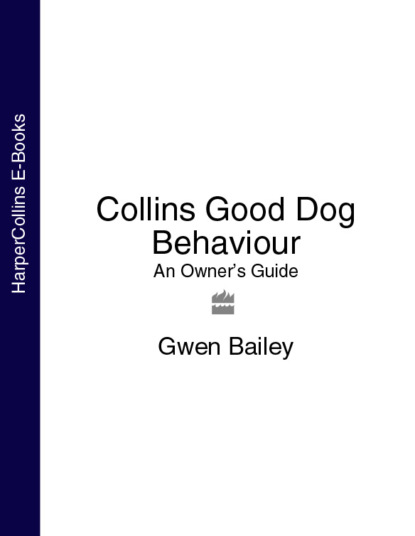По всем вопросам обращайтесь на: info@litportal.ru
(©) 2003-2024.
✖
Collins Good Dog Behaviour: An Owner’s Guide
Настройки чтения
Размер шрифта
Высота строк
Поля
A happy greeting from your dog involves vigorous wagging of his tail and rear end.
CONFIDENT DOG
A confident dog will hold his head and tail up and his body erect, proudly displaying his strength and purpose. He will often have a ‘presence’ which encourages you to pay attention to him and will appear to be very self assured.
Very confident dogs rarely use aggression to get their own way since they are sure of their ability to do so without using force. Less confident dogs, however, are less sure of their abilities and may resort to confrontation if they think they will lose. Confident dogs will have had many successful encounters with other individuals during their lifetime and are often very good at communicating with others.
This confident dog has an erect posture with head and tail held high.
SUBMISSIVE DOG
A submissive dog will make himself as small as possible to deter attack from a stronger member of the pack. By showing appeasing gestures, such as lip licking, he is more likely to be tolerated by the stronger individual.
Adopting a submissive position helps to turn off aggression and signals an intent to appease.
ANGRY DOG
An angry dog will often become very still and stiff just before he bites. This period of stillness gives him time to weigh up the opposition and gives the opponent a chance to back down or submit. If you find yourself in a situation where you have done something to make a dog react in this way, for example, you have stroked a dog that did not want to be touched, be very careful what you do next. Keep very still and retreat very slowly.
Signs to look for:
Stillness and a rigid posture.
Eyes fixed and staring.
Conflicting signals of confidence and fear, for example, tail held high, head high, eyes wide and pupils dilated, hackles raised.
When a dog becomes angry, adrenalin flows around the body and other changes occur that help to sustain any action that may be taken. For this reason, it is best to isolate an angry dog and let him calm down for at least half an hour before approaching him again. If your dog has had a bad experience, he is likely to be more reactive for a few days after the incident so care should be taken until he has recovered.
SUBMISSIVE GRIN
This greeting looks ferocious but is, actually, totally harmless. The submissive grin is seen more often in specific breeds, such as the Dalmatian, and seems to be their way of greeting important individuals. They will also grin in this way when told off, giving rise to the theory that it is some form of appeasement gesture.
A young Jack Russell puppy approaches slowly. It is cautious and reserved but unafraid.
Вы ознакомились с фрагментом книги.
Приобретайте полный текст книги у нашего партнера:
Приобретайте полный текст книги у нашего партнера:





